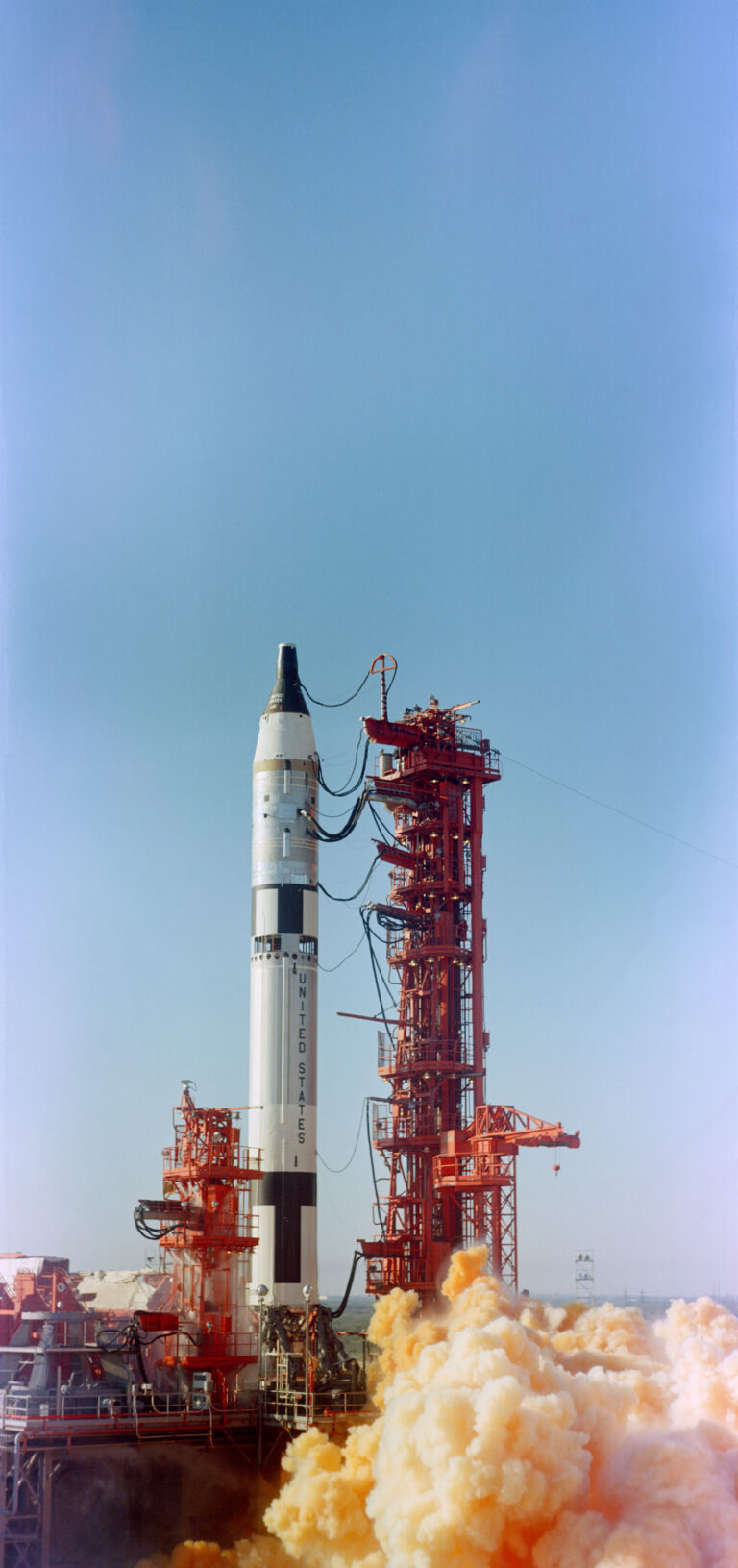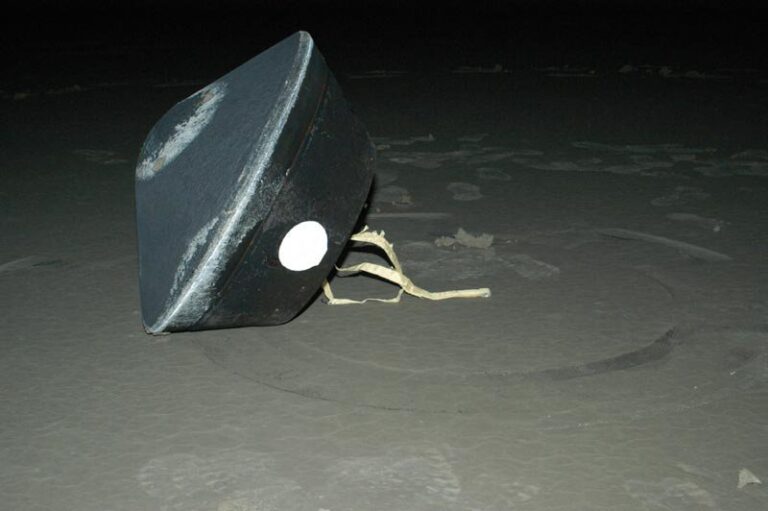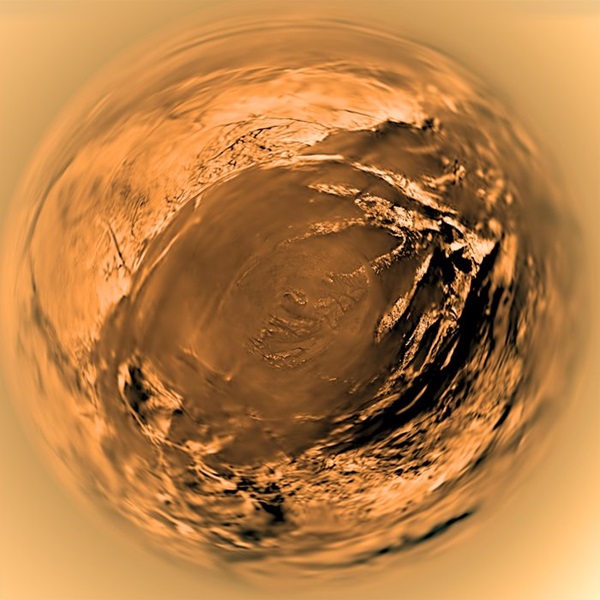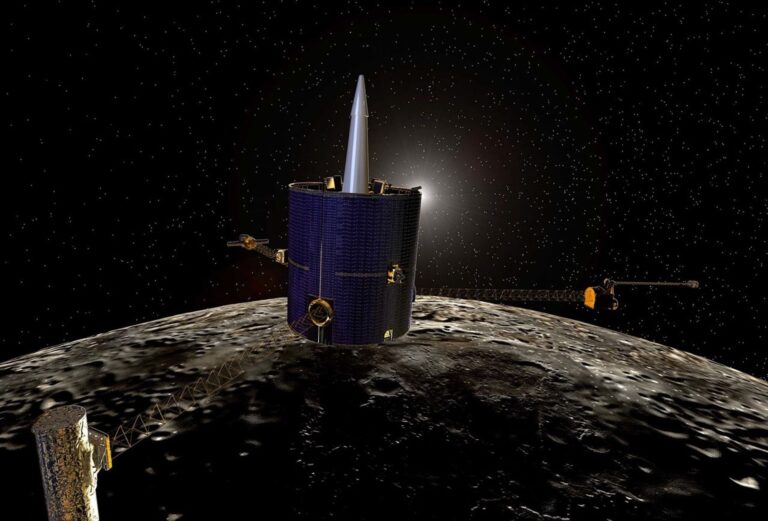While Pluto’s largest moon, Charon, has grabbed most of the lunar spotlight, two of Pluto’s smaller and lesser-known satellites are starting to come into focus via new images from the New Horizons spacecraft. Nix and Hydra — the second and third moons to be discovered — are approximately the same size, but their similarity ends there.
New Horizons’ first color image of Pluto’s moon Nix, in which colors have been enhanced, reveals an intriguing region on the jelly bean-shaped satellite, which is estimated to be 26 miles (42 kilometers) long and 22 miles (36km) wide. The data were obtained July 14, 2015, when New Horizons was about 102,000 miles (165,000km) from Nix. The image shows features as small as 2 miles (3km) across.
Although the overall surface color of Nix is neutral gray in the image, the newfound region has a distinct red tint. Hints of a bull’s-eye pattern lead scientists to speculate that the reddish region is a crater. “Additional compositional data has already been taken of Nix but is not yet downlinked. It will tell us why this region is redder than its surroundings,” said mission scientist Carly Howett of the Southwest Research Institute in Boulder, Colorado. She added, “This observation is so tantalizing, I’m finding it hard to be patient for more Nix data to be downlinked.”
Meanwhile, the sharpest image yet received from New Horizons of Pluto’s satellite Hydra shows that its irregular shape resembles the state of Michigan. The new image was made by the Long Range Reconnaissance Imager (LORRI) on July 14, 2015, from a distance of 143,000 miles (231,000km) and shows features as small as 0.7 mile (1.2km) across. There appear to be at least two large craters, one of which is mostly in shadow. The upper portion looks darker than the rest of Hydra, suggesting a possible difference in surface composition. From this image, mission scientists have estimated that Hydra is 34 miles (55km) long and 25 miles (40km) wide.
Commented mission science collaborator Ted Stryk of Roane State Community College in Tennessee, “Before last week, Hydra was just a faint point of light, so it’s a surreal experience to see it become an actual place, as we see its shape and spot recognizable features on its surface for the first time.”
Images of Pluto’s most recently discovered moons, Styx and Kerberos, are expected to be transmitted to Earth no later than mid-October.
Nix and Hydra were both discovered in 2005 using Hubble Space Telescope data by a research team led by New Horizons project scientist Hal Weaver of the Johns Hopkins University Applied Physics Laboratory, Laurel, Maryland. New Horizons’ findings on the surface characteristics and other properties of Nix and Hydra will help scientists understand the origins and subsequent history of Pluto and its moons.










